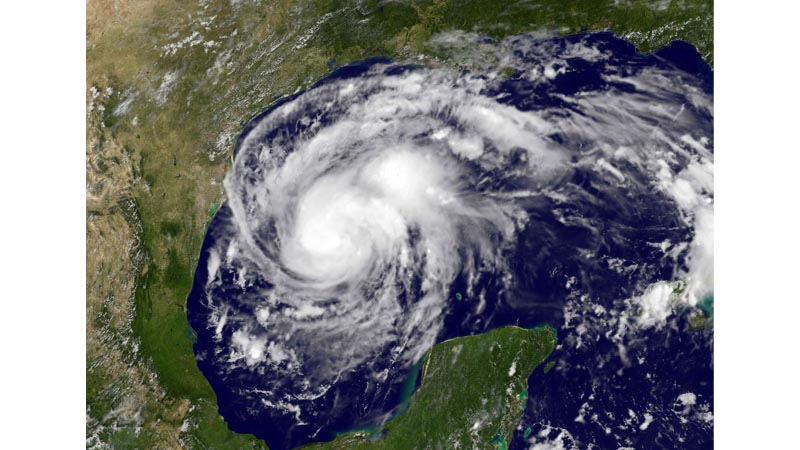How cyclones are named

T ropical cyclones come and go. But their names stick on and continue to reverberate in human memory long after they leave a trail of death and devastation. That is why there is a lot in a name given to a cyclone as soon as it starts brewing in the sea.
The recent cyclonic storm which hit India and Bangladesh between May 2 and 4 was called “Fani” (Foni as per Bangla phonetics), a name given by Bangladesh and accepted by the World Meteorological Centre.
It is not just names. Even different words are used for storms. For instance, storms over South Pacific and Indian Ocean are known as cyclones. In the North Atlantic, central North Pacific and eastern North Pacific, the term hurricane is used while the same type of phenomenon in the Northwest Pacific is called a typhoon, according to the National Ocean Service of the US’ National Oceanic Atmospheric Administration.
It was back in the early part of the 20 century that the trend of naming a storm began in the United States because this helped identify it and also aided researchers, according to Laxman Singh Rathore, a former Director General of the Indian Met Department (IMD).
Earlier, the storm used to be named after the coast it hit, he said. Then in mid-20thcentury, one saw the start of practice of using feminine names for storms—Nargis (the cyclone that originated in the Bay of Bengal and affected Bangladesh, Myanmar, India and Sri Lanka in May 2008), Nilofer, Mala (that hit Myanmar and Thailand in 2006) and Helen (that hit Odisha and Andhra Pradesh in 2013) to mention some.
Then we heard names like Phailin which originated in the Gulf of Thailand, in 1999, and Hudhud which brewed in the Andaman Sea in October 2014. Both the cyclones struck Odisha. The 1991 cyclone that had hit south eastern Bangladesh in April 1991 was named Gorky. To make naming arrangement more organized, meteorologists across the world then decided to identify storms using names from a list arranged alphabetically, the IMD said explaining the genesis of the naming process.
However, before the end of the last century, weather forecasters started using male names for those forming in the Southern Hemisphere. Since 1953, Atlantic tropical storms have been named from lists originated by the National Hurricane Centre in the US. They are now maintained and updated by an international committee of the World Meteorological Organisation, the IMD added.
The World Meteorological Organisation/Economic and Social Commission for Asia and the Pacific Panel on Tropical Cyclones, at its 27th session held in Muscat, Oman, nearly two decades ago, agreed to tag names to the tropical cyclones originating in the Bay of Bengal and the Arabian Sea. After long deliberations among the member-countries, the naming of tropical cyclones over north Indian Ocean began from September 2004.
The eight countries along the Bay of Bengal and the Arabian Sea suggest names that are sequentially listed. The nations suggest names alphabetically — Bangladesh, India, Maldives, Myanmar, Oman, Pakistan, Sri Lanka and Thailand. The Regional Specialised Meteorological Centre (RSMC) based in New Delhi gives a tropical cyclone an identification from the list of names.
Bangladesh had suggested ‘Onil’ ,the first in the list. Anil originated in the Arabian Sea off the coast of India’s Gujarat state between September and October 2004. It made landfall in the state but impacted both India and Pakistan. Cyclone Phetai, suggested by Thailand, originated in the Bay of Bengal and made landfall in southern Indian state of Andhra Pradesh, ravaging the coastal districts in December last year.
The next cyclone, whenever it originates, will be named ‘Vayu’ as suggested by India. Of the 64 names suggested by the eight countries, 57 have been utilised. Some of the names suggested by India are Agni, Jali, Bijli, Akash, while Mala, Helen and Nilofar were suggested by Sri Lanka, Bangladesh and Pakistan respectively.
The name given to a cyclone has to fulfil some fundamental criteria, said a circular on naming the cyclones over the North Indian Ocean. “The name should be short and readily understood when broadcast. Further, the names must not be culturally sensitive and must not convey some unintended and potentially inflammatory meaning,” it added.
Pallab Bhattacharya is a journalist based in India


